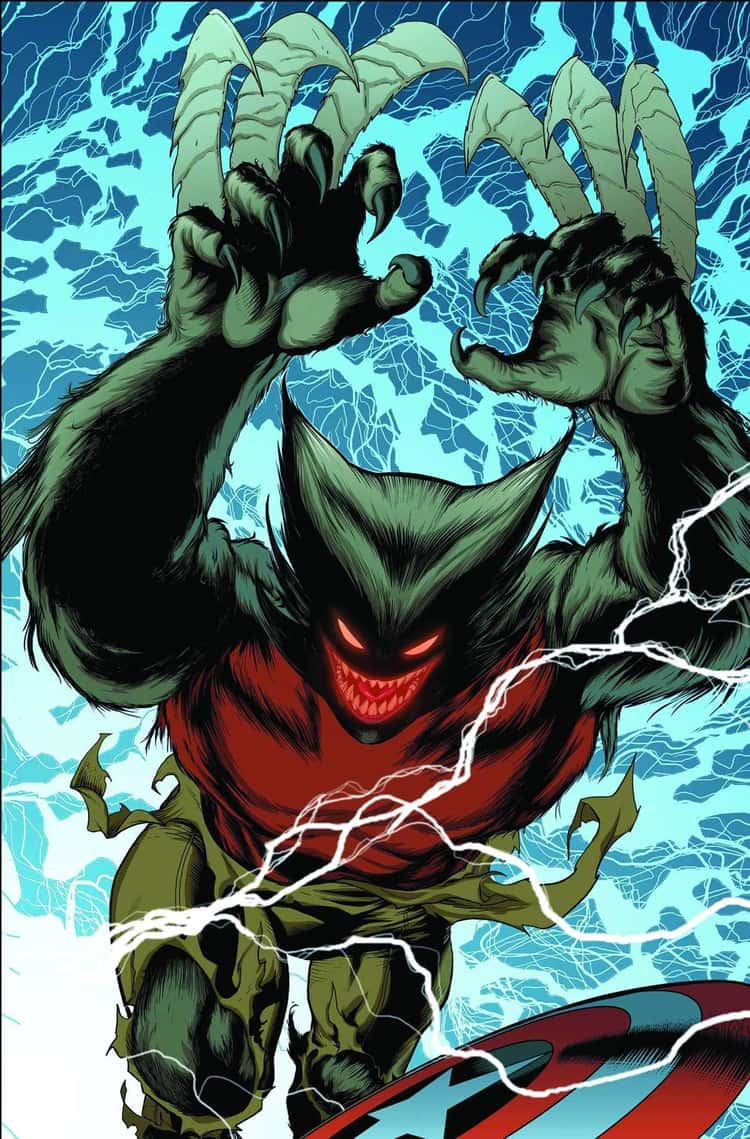Some superheroes are monsters – the Hulk, Swamp Thing, and the regular Thing all come to mind – but almost every caped crusader worth mentioning has been transformed into a monstrous form at one point or another. The trope of either accidentally or purposefully creating monster versions of superheroes has proven popular over the years for a number of reasons – not the least of which is how good their monster forms look on the cover of a comic book.
Of course, it’s never too long before said superhero is back to their marvelous self – usually, after they’ve got a little bit of rampaging out of their system. Such body horror is a common occurrence in the world of comics, where mutation is commonplace and genetic manipulation can happen to anyone.
1. Nightwing Became A Man-Bat
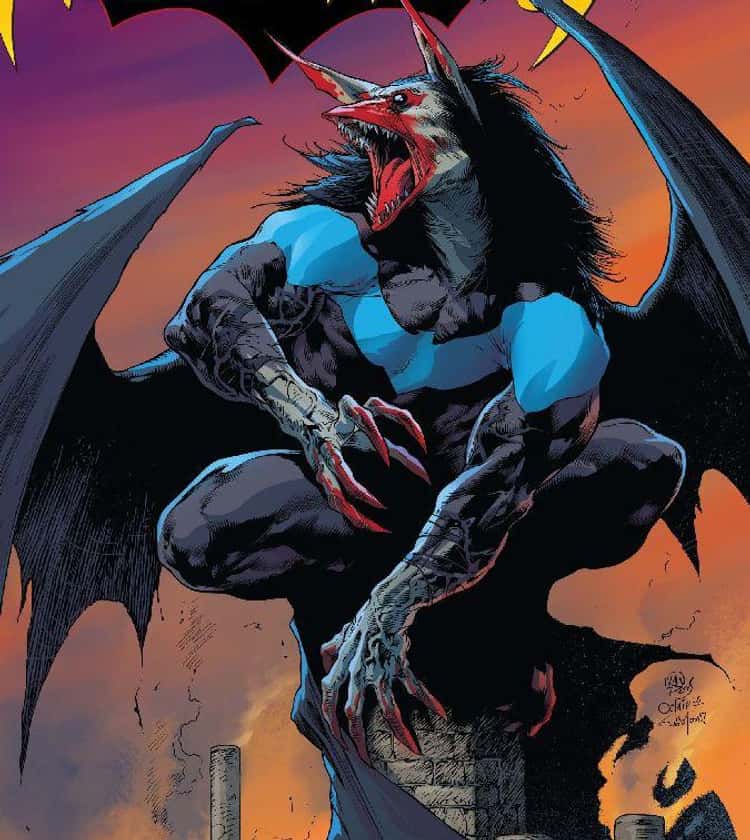
The aptly named Night of the Monster Men crossover at DC Comics saw Gotham City plagued by ordinary citizens turned into monstrous behemoths by Hugo Strange – a revival of the plot of 1940’s Batman #1. To make matters worse, it was only a matter of time before two of Batman’s allies, Nightwing and Gotham Girl, were exposed to Strange’s serum and transformed into hulking monsters themselves.
Dick Grayson had previously worn the mantle of Batman a couple of times, but the Monster Men formula turned him into a veritable Man-Bat. Fortunately, the original Dark Knight was able to synthesize a cure before the transformation proved permanent – and before Nightwing and Gotham Girl’s embiggened forms destroyed the city.
2. The Devil Hulk Is The Evilest There Is
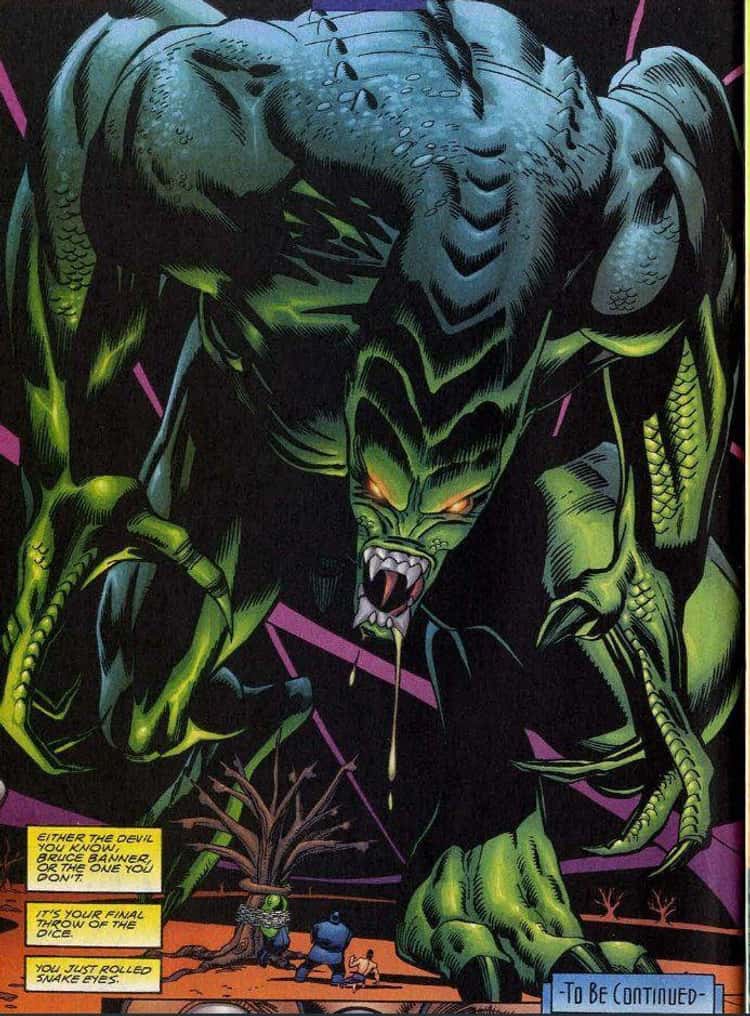
Bruce Banner’s whole thing is transforming into an enormous green rage monster, but he’s also taken on several different Hulk forms over the years – all representative of his many fractured identities. In The Incredible Hulk #19, readers were first introduced to the worst of the bunch, known as the Devil Hulk – an entity made up of all Banner’s internalized resentment and self-hatred. The physical manifestation of the Devil Hulk is truly terrifying, though thankfully it’s usually confined to Banner’s tumultuous mind.
To make matters even scarier, however, in the modern continuity of Marvel Comics, the jade giant is known as The Immortal Hulk – and the Devil Hulk persona now spends the majority of the time “behind the wheel” of Banner’s mind.
3. Franken-Castle Was Somehow Even Scarier Than The Regular Punisher
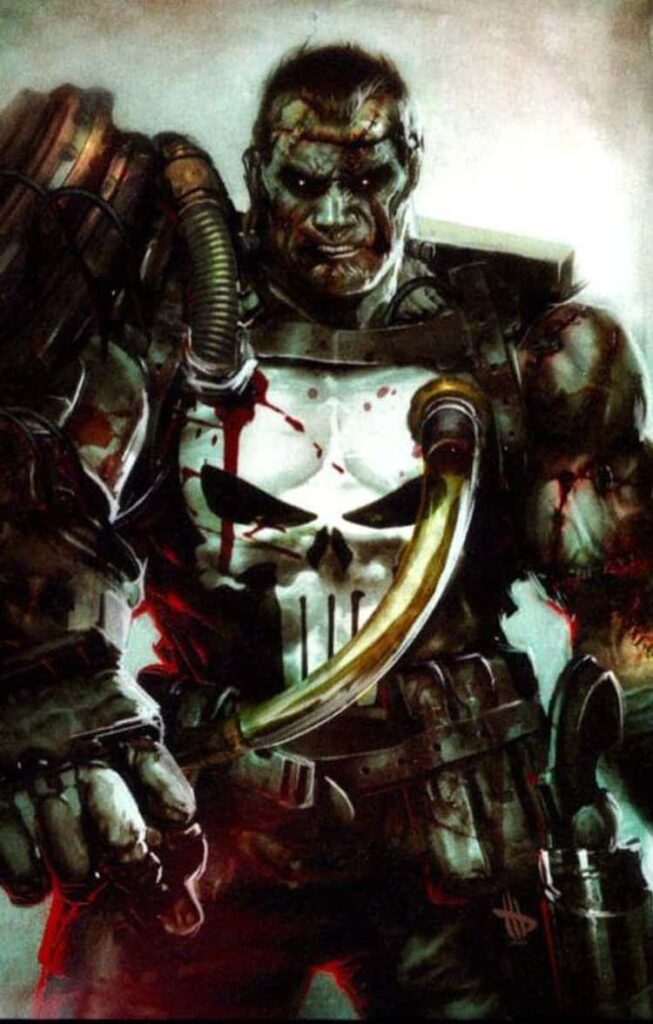
The Dark Reign era of Marvel Comics saw Norman Osborn take temporary control of the remnants of S.H.I.E.L.D. and start crossing enemies of his list – including the Punisher, who he employed the son of Wolverine to eliminate. Daken hunted down Frank Castle and, after a brief battle, cut him to pieces and left him to rot in an alley.
Dismemberment, however, was not the end for the Punisher. The denizens of Monster City, an underground collective of mythical beings, gathered his various body parts and brought them to Morbius the Living Vampire – who then resurrected Castle as a Frankenstein-esque patchwork. This occurred in Punisher #17, though the title was renamed Franken-Castle as of that issue, and would remain as such until Frank regained his human body – and his youth – through the use of the Bloodstone.
4. A ‘Hulked Out’ Wolverine Was The Stabby Stuff Of Nightmares
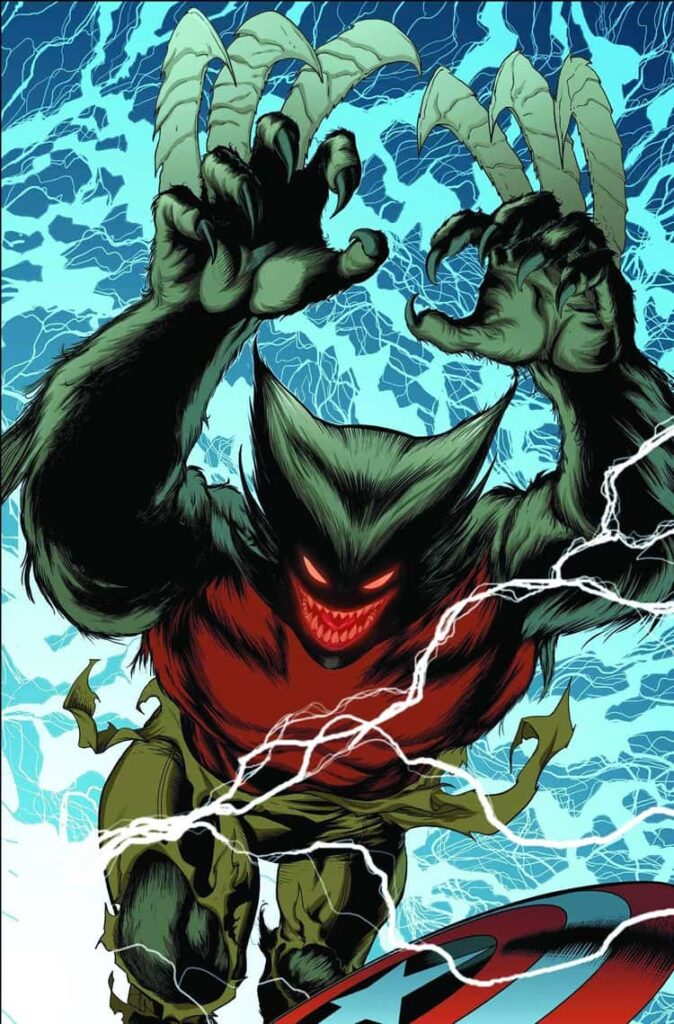
The events of World War Hulks featured the super-smart squad of super villains known as the Intelligencia creating an army of hulks to help take over the planet – and they used some of Earth’s Mightiest Heroes as test subjects. The end result was several Hulked Out Heroes that would need to be put down by the original Hulk, each of whom was frightening in their own right – but none more so than the hulked out Wolverine.
Mutated to monstrous proportions by gamma radiation, Wolverine took a form that emphasized all of his most iconic traits – hairiness, anger, and a set of deadly claws. It’s a combination that the rest of the Marvel Universe were no doubt thankful was only temporary.
5. Spider-Man Sprouted Six Arms – And Then Went Full Man-Spider
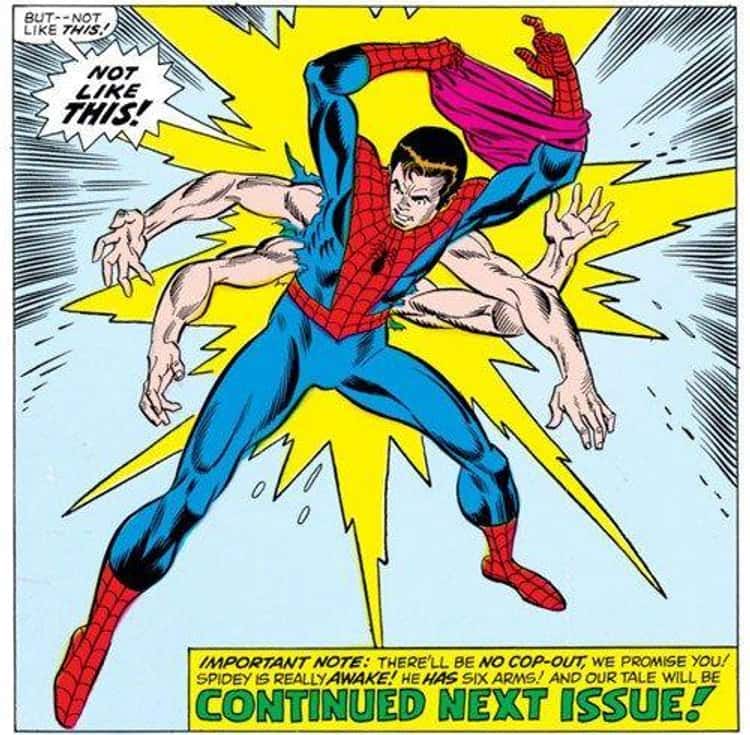
Peter Parker never lived up to his secret identity more than he did in Spider-Man #100, in which the wall-crawler sprouted four extra arms from his midsection for a total of eight limbs. Ironically enough, the mutation came as the result of some self-experimentation intended to remove Parker’s spider-powers so he could start living a normal life again – something made impossible by his new handsy appearance.
Though the Six Arms Saga was quickly undone with some help from Dr. Curt Connors and Morbius the Living Vampire, it was adapted into a storyline for Spider-Man: The Animated Series that saw Peter transform even further into a monstrous “Man-Spider.” Years later, Man-Spider would become comic book canon during a trip to the Savage Land.
6. Sam Wilson Took His Own Turn As CapWolf
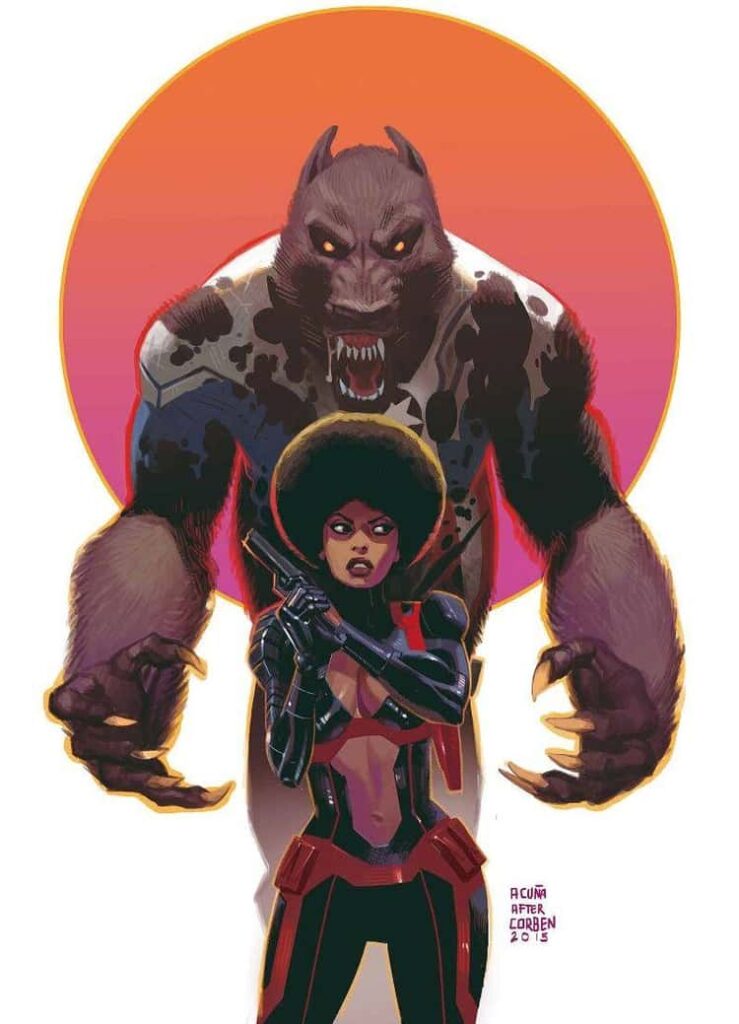
The CapWolf concept proved so popular that Sam Wilson just had to take a turn when he took up the mantle of Captain America. The moment came in Sam Wilson: Captain America #3, in which former Falcon was abducted by Doctor Malus and subjected to werewolf-ification – resulting in a CapWolf 2.0 that retained Wilson’s intelligence and charm.
With a little help from Misty Knight, Wilson was able to overthrow Malus’ entire operation and reverse the lycanthropy before it was too late. Along the way, he gained a sidekick in the form of a brand-new Falcon – Joaquin Torres, a young man that Malus had combined with the DNA of a bird.
7. Shang-Chi Briefly Wielded The (Six) Deadly Hands Of Kung Fu
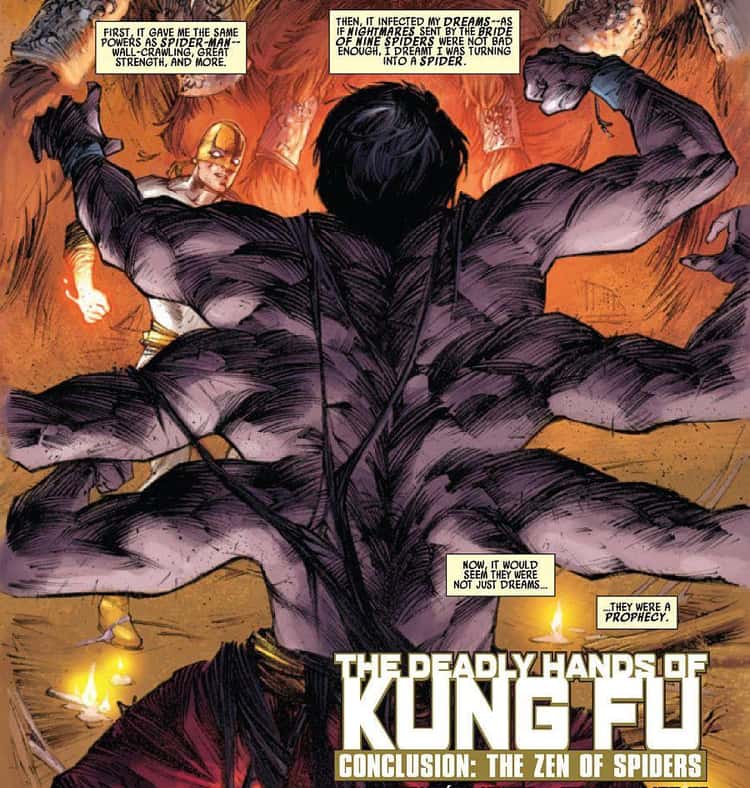
The major Marvel crossover Spider-Island occurred when the villain known as the Queen granted everyone on the isle of Manhattan spider-powers – which the populace, for the most part, enjoyed. Until, that is, they learned that an inevitable side-effect of their new abilities was an eventual transformation into a giant spider.
Given the setting, several prominent superheroes fell victim to the Queen’s magic, including Shang-Chi – as told in Spider-Island: Deadly Hands Of Kung Fu. Ever the master of his own body, Shang-Chi was able to halt his mutation midway through, leaving him with six arms in addition to his ample knowledge of how to use them.
8. Fans Were Howling For CapWolf
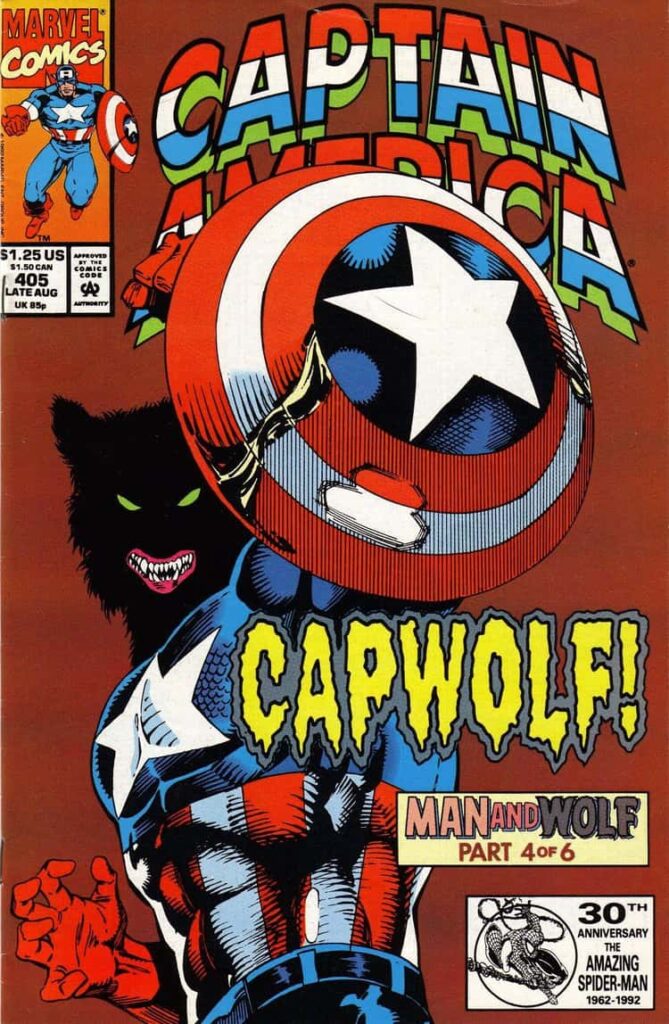
Steve Rogers can’t spend all of his time fighting WWII-era threats, sometimes he has to fight more modern threats – like werewolves. The Man and Wolf arc saw Cap tangle with a cult of lycanthropes empowered by the villainous Dredmund Druid and Nightshade and climaxed with his transformation into “CapWolf” in Captain America #405.
Unlike a garden-variety werewolf, Rogers’ Super Soldier Serum allowed him to retain his mental faculties, even when in CapWolf form – which subsequently led to the defeat of the bad guys and his inevitable return to normal. The CapWolf concept, however, proved to be a bit of a “cult classic,” and Marvel has found excuses to return to the idea on multiple occasions.
9. The Thing Got Mutated Into An Even Rockier Monster
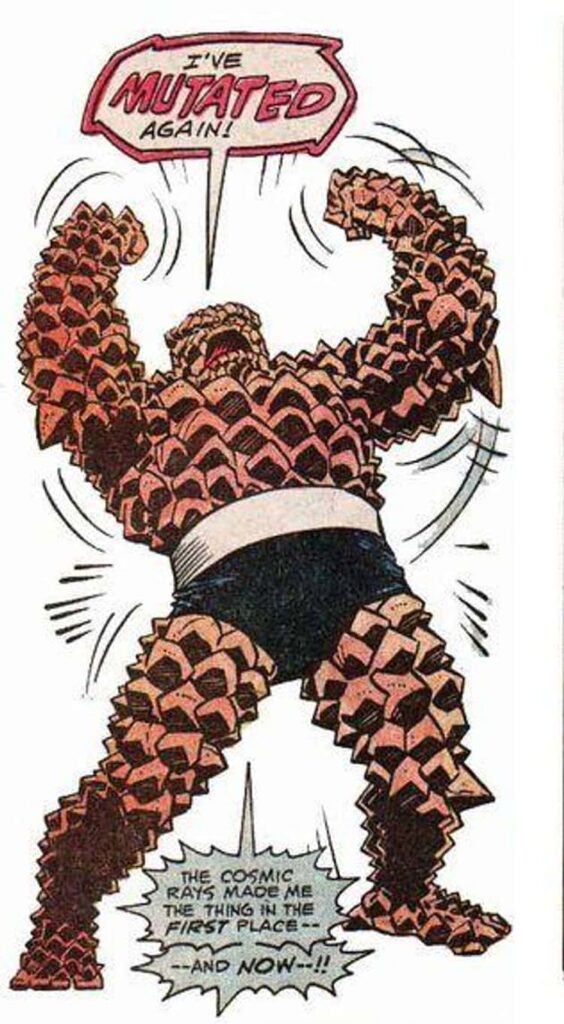
That Ben Grimm, better known as the Thing, was bombarded with cosmic rays while on a voyage to space and transformed into a rocky monster is old news – but that it happened again, in Fantastic Four #310, resulting in Grimm becoming an even rockier monster, is a lesser-known fact.
Following an ill-advised shuttle flight, Grimm took on a sharper aesthetic that was not unlike that of a pineapple – and his companion, the superpowered wrestler Sharon Ventura, became the She-Thing. Distraught at his new appearance, the Thing spent time on Monster Isle with the Mole Man, until his mutations went into remission and he returned to his ever-lovin’ blue-eyed self.

